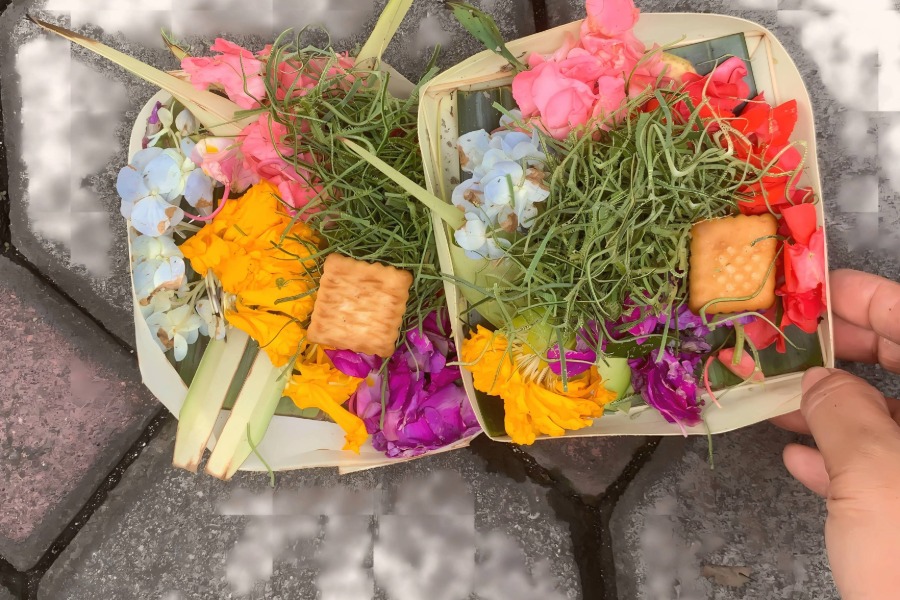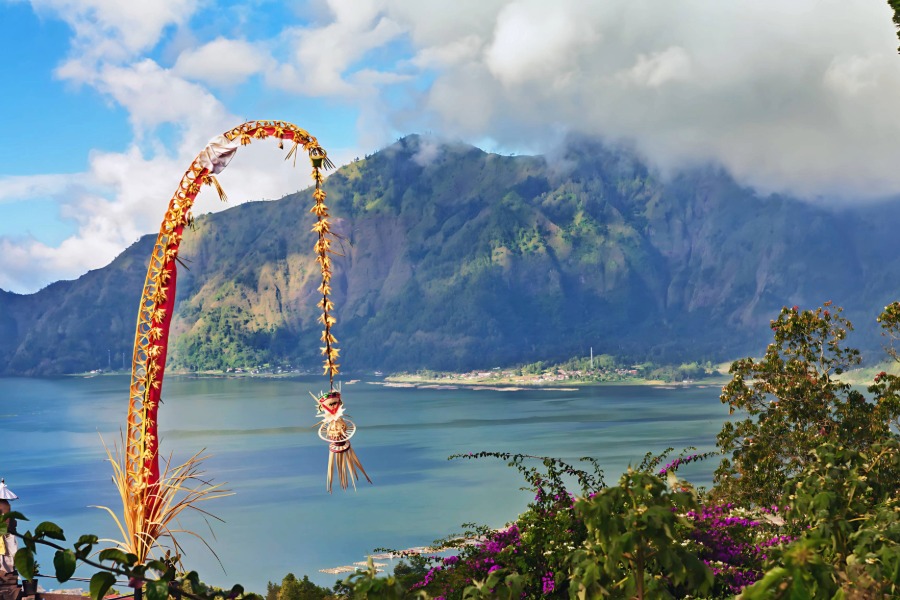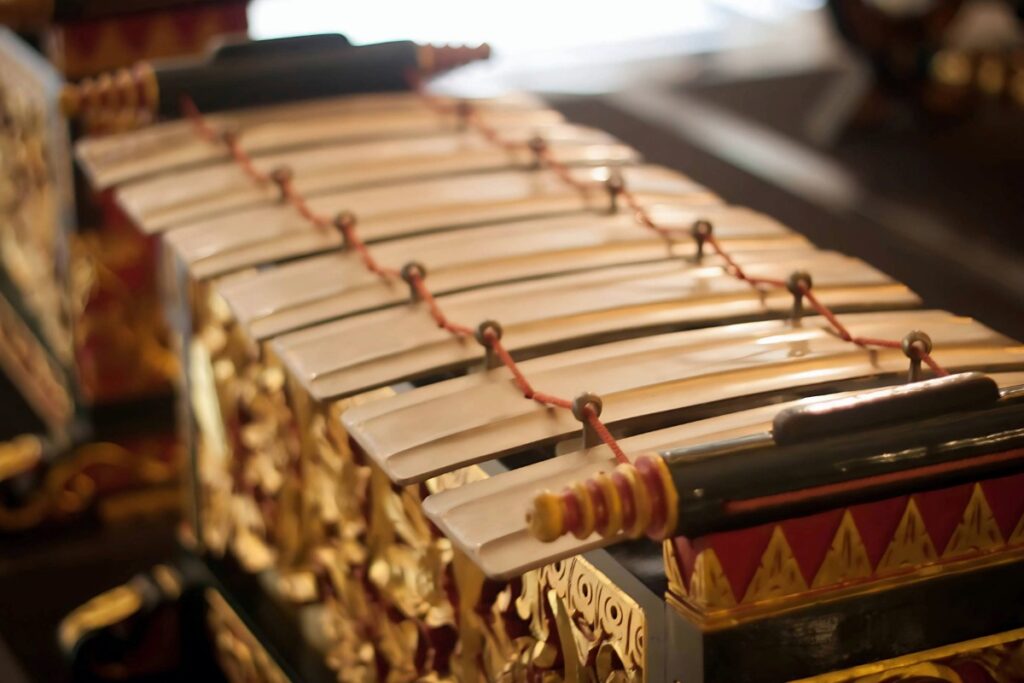In Bali, life is inseparable from ceremony. Every morning, before the day has even begun, small offerings appear on doorsteps and shrines: woven palm leaves filled with flowers, rice, and a touch of incense. The air itself carries prayer, as smoke rises and gamelan notes drift from a nearby temple. Ritual here is not something apart from life; it is life.

Major ceremonies bring the island into a rhythm that is both communal and deeply personal. During Galungan and Kuningan, tall penjor — bamboo poles decorated with coconut leaves and bright ornaments — arch gracefully over village streets. Families gather in traditional attire, women balancing baskets of fruit on their heads, men carrying flowers and offerings to the temple. It is a scene both timeless and alive, a reminder of prosperity, gratitude, and the bonds that hold communities together.

Nyepi, the Balinese Day of Silence, is perhaps the most unique of all. For twenty-four hours, the island falls still. No traffic, no flights, no sound but the wind in the trees and the sea pressing against the shore. Lights dim, conversations pause, and even visitors are asked to join the quiet. It is not just a ritual but a shared act of reflection — honoring balance, cleansing, and renewal.

For travelers, being present at a Balinese ceremony is less about watching and more about listening. Respect is key: wear modest clothing, follow temple customs, and step gently into the moment. Even in silence, participation is felt.
To witness a Balinese ceremony is to glimpse the island’s soul. It shows how spirituality flows not as something reserved for temples, but as an undercurrent to daily life — in every offering, every prayer, every gathering. In Bali, the ceremony is not a performance. It is a way of remembering the unseen, and of keeping harmony between people, nature, and the divine.







